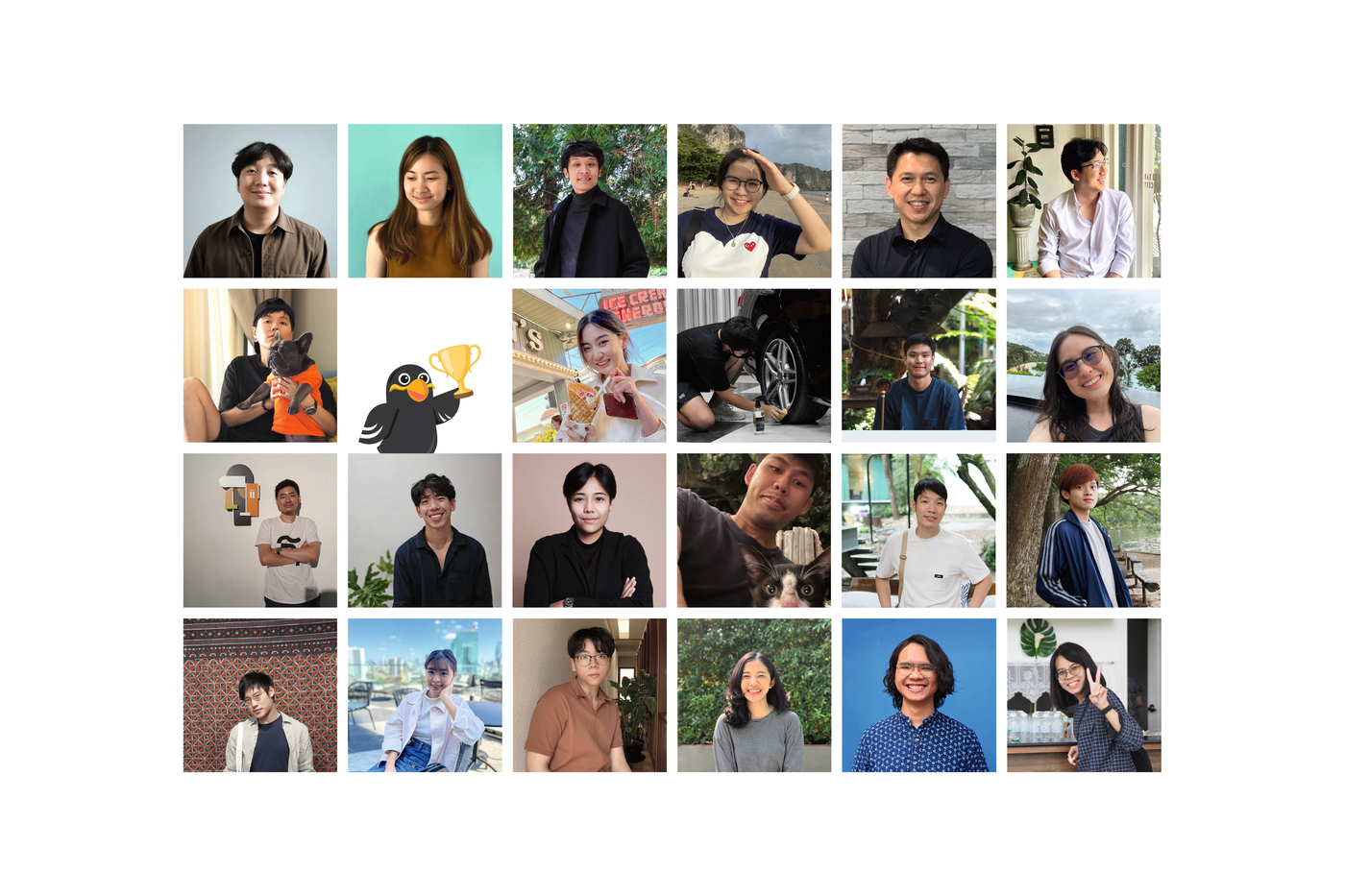![[Translate to English:] [Translate to English:]](/fileadmin/_processed_/5/e/csm_Header_denkwerk-Team_Red-Dot-Agency-of-the-Year-2021_0093985e42.jpg)
denkwerk – Success through creativity and digital expertise

Beacon Interface is KBTG’s in-house team specialising in holistic user experience design. Their work ranges from research, UX/UI, UX writing, visual design to product design. The team’s members believe in designs that connect with people and are continuously looking for stories to uncover opinions, beliefs and behaviours – ingredients they integrate at every level of the design process, from identifying a user’s motivation to setting the visual direction of the product. The designers at Beacon Interface thereby don’t always believe in the same thing; in fact, they see this tension as an opportunity to get to someplace interesting. They celebrate differences – of backgrounds, interests, ideas and disciplines. The team is made up of a group of designers, from painters to psychologists to filmmakers, who are bonded together with the goal of creating experiences through human connections and imagining the next possibilities.
Red Dot: Why did you become a designer?
KASIKORN Business Technology Group (KBTG), Beacon Interface: Vipitakhun Kantaravichaiwat: Before I became a designer, I worked as a software developer. My day-to-day job was to implement the finished design in the technical development cycle. From time to time, I got a little envious of the role of designers and how they get to ideate impactful design solutions that solve real-world problems. This was the beginning of my determination to become a UX designer and eventually I have accomplished it. I have fulfilled my dream of helping people and improving their lives through my designs.
What does design mean to you?
Vipitakhun Kantaravichaiwat: “Design for Purpose” is what design means to me. To design something, we have to look at how the individual elements come together. For me, design is not just about beauty, but also about how useful and usable it is. We need to dive deeper into the problems and needs of our users so that we can translate those findings and apply them into a design that works. I believe that creativity can help us tackle these design challenges.
To what extent do you think new technologies are changing design?
Vipitakhun Kantaravichaiwat: I think that technological advancement will open doors for us to discover new solutions to existing problems. It also empowers us to build on current designs to appeal to more diverse groups of people or even to recreate new products. Technology is accordingly the new medium to bring forth innovations that catalyse change, learning, and development.
How would you define good communication design? The way we craft the conversation between users and the product – so that users can understand, relate, and enjoy the experience of using it. Good communication can be achieved by understanding the context, lifestyle, language style, and behaviours of users to find the right composition of visual, textual and design components that together create the design that users then learn to love and trust. Take Khunthong as an example. We discovered that friends often feel uncomfortable asking to repay money owed. So, we wanted Khunthong to be the communication medium that alleviates the pressure between lending and paying back the money. That is why we developed Khunthong not as a new app, but as a tool that builds on current user behaviour and enhances the existing user experience. Khunthong is a chatbot integrated into the LINE platform that acts as a friendly treasurer for splitting bills and collecting money, uses an appropriate tone of voice and responses and seamlessly integrates with friends and family’s private chat environment.
What makes your work unique? When we design something new, we try to come up with solutions that do not require users to adapt their behaviour. Our design principle lies in how to design a product that fits into the end users’ environment and solves the problems without requiring too much effort from them. We know that Thai people use LINE in their daily communication, especially with friends. Moreover, we are also aware of how inconvenient it is to keep asking a friend to pay back borrowed or advanced money. With this trivial, annoying problem in mind, and given the obvious choice of chat platform, we combined the two and created a product that simply meets users’ needs right where they require it.

“Seeking stories, crafting experiences, imagining what’s next.”